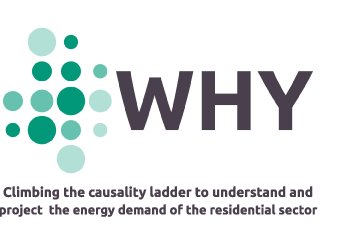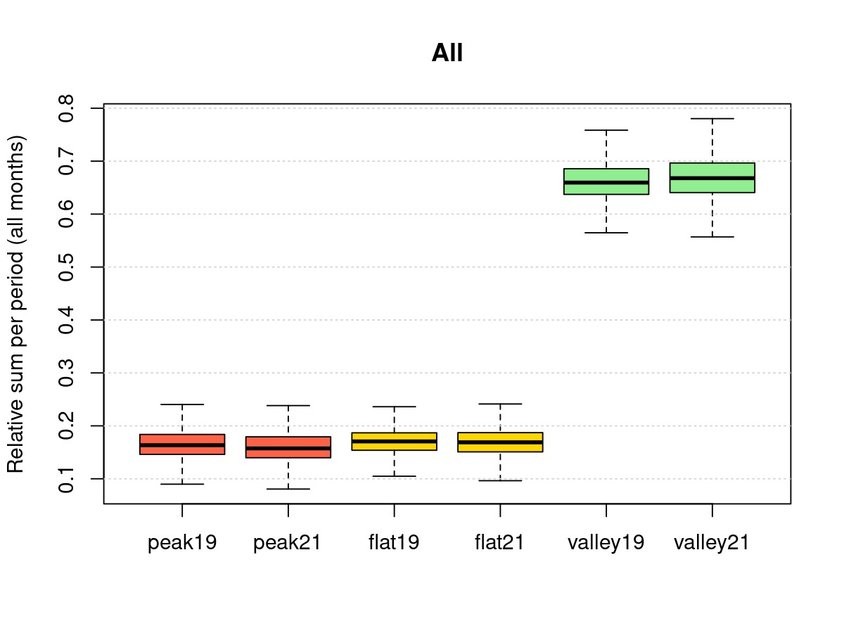Understanding and reducing electricity consumption in an energy cooperative
The energy retailers want to know consumer demand with high precision in order to help optimize the purchase of energy, reduce risks and associated penalties. In this Use Case, the Spanish energy cooperative Goiener will perform better estimations and load demand forecasts using the WHY Toolkit, considering not only the climatic factors but also other non-climatic factors that are difficult to simulate on a massive level.
Goiener is a non-profit citizen energy cooperative established in 2012. It is located in the Basque Country, in the north of Spain. Its main activity is the to sell electricity of 100% renewable origin. Given that the field of action (energy) is very broad, the Goiener association was set up in 2015, aiming to build awareness around energy cooperatives, and offer services related with training and development. In 2018, the first generation of renewable energy projects was launched, having as main goal to promote, build and purchase the distributed, local and decentralized renewable energy. Currently, there are 51 workers, 14538 partners and 200 volunteers. For Goiener, it is necessary to foresee the short-term consumption profile of its members in order to be able to buy energy in a more adjusted way in the daily power market. But it is also critical for Goiener to be able to do precise consumption forecasts in the medium and long term. Based on a good demand forecast, Goiener will be able to know exactly how much energy it will have to acquire in the months or years to come. In this way, Goiener will be in a position to stabilise the prices of customer tariffs. Moreover, it will allow Goiener to enter into long-term power purchase agreements (PPAs) with small renewable energy producers. Carrying out these PPAs with small producers allows achieving some of the cooperative’s strategic objectives. Therefore, it is crucial for Goiener to have mathematical models and tools that project consumer behaviour with high precision.
The main goal of this Use Case is to use the WHY-Toolkit to simulate the behaviour of the private consumers to understand their load profile and its response to changes in external conditions.
One such key condition is the electric tariff. It is also one of the most powerful interventions that an energy cooperative can do to modify the behaviour of their partners. Goiener is interested in knowing how a change in its tariff structure will:
- Modify the load profile and purchase strategy of its partners (individually and as a group)
- Affect the achievement of long-term goals such as reduction of the energy consumption, increase of distributed renewable generation assets for self-consumption, reduction of energy poverty and increase of community empowerment.
In order to analyse these aspects, Goiener took advantage of the change of electric tariffs that was implemented in Spain on the 1st of June of 2021. The objective of this change of tariff was to shift the load curve from peak hours to flat and valley hours in order to improve the electric system. In this Use Case, we will complement this intervention with a set of information campaigns to see the joint effect of these interventions.
This Use Case will provide the following KPIs to the Sustainability Assessment:
The percentage of energy that is maintained in the same periods and the percentage of energy moving to different periods. The main objective of the intervention is to shift the loads from peak to flat or valley hours, so this will be one of the most relevant KPIs.
Change of the amount of kWh purchased by Goiener and its costs for peak, flat and valley hours.
Change of the kWh penalties associated with the purchase orders made by Goiener and the associated costs in peak, flat and valley hours.





